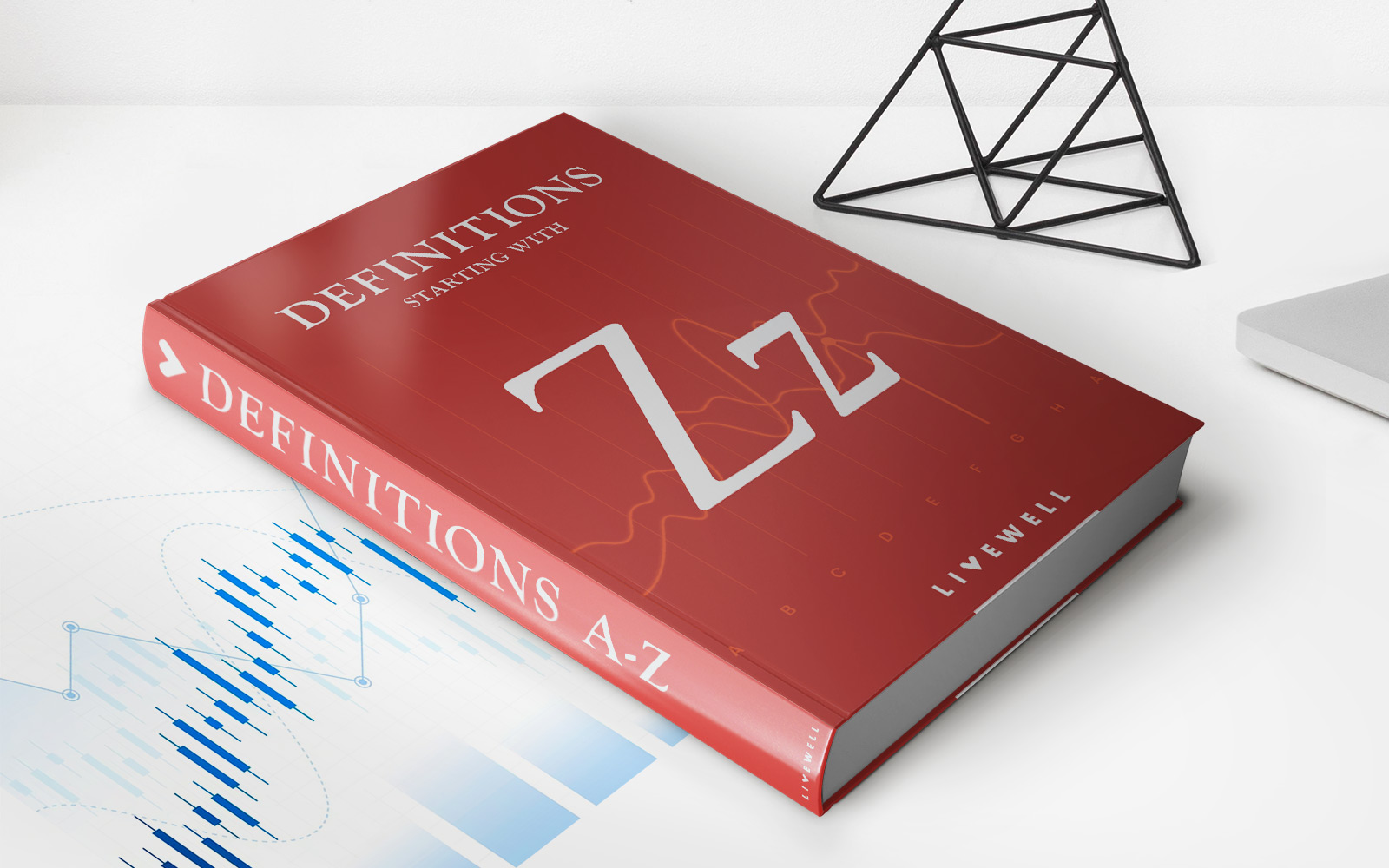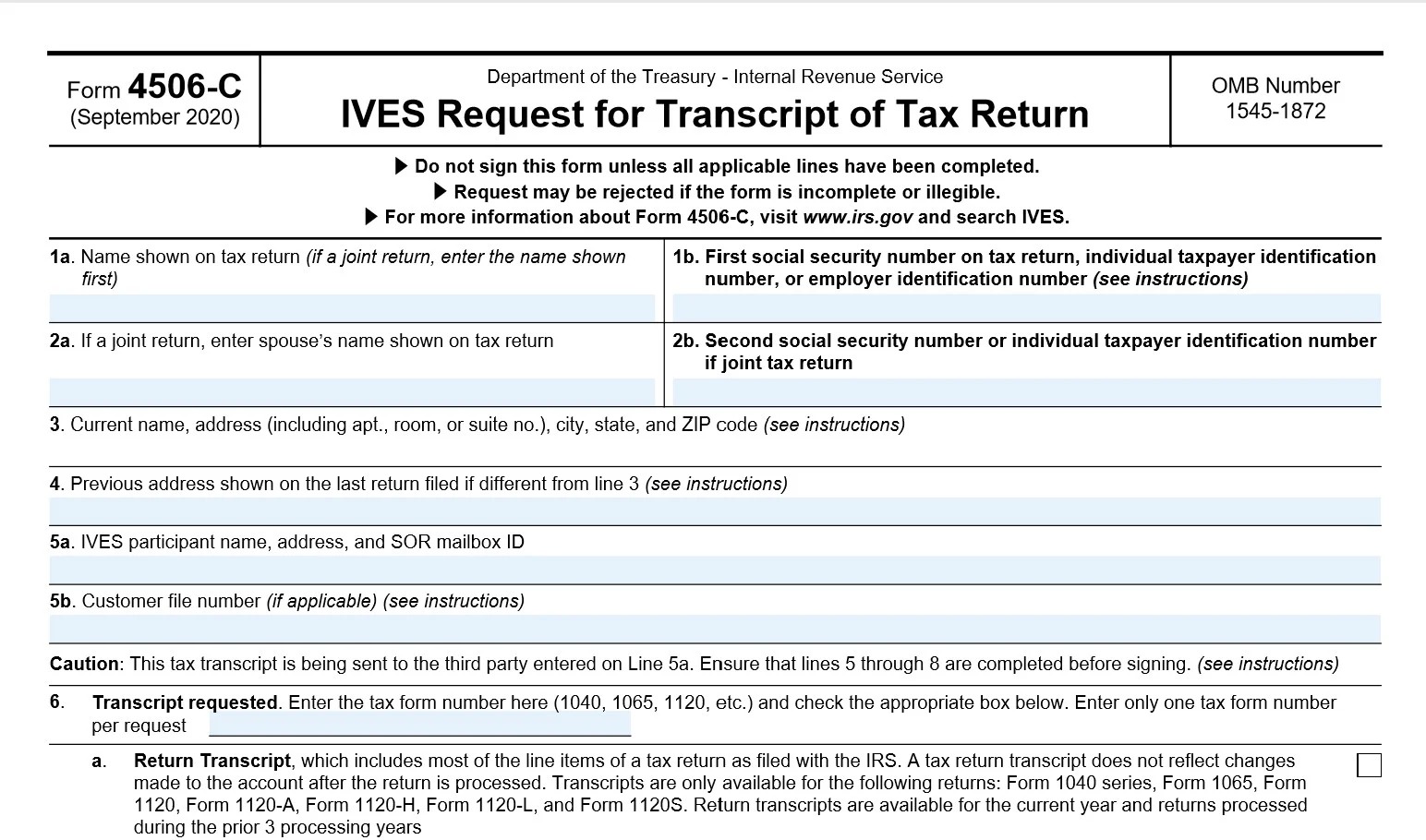Home>Finance>What Does It Mean When Revolving Utilization On Revolving Credit Is Too High?


Finance
What Does It Mean When Revolving Utilization On Revolving Credit Is Too High?
Published: February 29, 2024
Learn the impact of high revolving credit utilization on your finances. Discover strategies to manage and improve your revolving credit utilization.
(Many of the links in this article redirect to a specific reviewed product. Your purchase of these products through affiliate links helps to generate commission for LiveWell, at no extra cost. Learn more)
Table of Contents
Introduction
Understanding the Impact of High Revolving Utilization on Revolving Credit
Revolving utilization is a critical factor in the world of credit and finance. It is a term that holds significant weight in determining an individual's creditworthiness and financial health. Understanding the implications of high revolving utilization on revolving credit is essential for anyone seeking to maintain a strong financial standing and make informed decisions regarding their credit management.
When it comes to credit, revolving utilization refers to the percentage of available credit that an individual is currently using. This metric plays a pivotal role in credit scoring models and can greatly influence an individual's credit score. The utilization rate is calculated by dividing the total outstanding balances on revolving accounts by the total credit limits and then multiplying by 100 to obtain a percentage.
High revolving utilization can have far-reaching consequences, impacting an individual's ability to secure favorable loan terms, obtain new lines of credit, and even affecting their overall financial well-being. In this article, we will delve into the intricacies of revolving utilization, explore the effects of high utilization on revolving credit, identify the contributing factors, and discuss strategies for managing and mitigating high revolving utilization. By gaining a comprehensive understanding of this concept, individuals can take proactive steps to optimize their credit utilization and bolster their financial standing.
Understanding Revolving Utilization
Revolving utilization, often referred to as credit utilization, is a crucial component of credit scoring and financial management. It represents the percentage of available credit that an individual is currently using. This metric is calculated by dividing the total outstanding balances on revolving accounts by the total credit limits and then multiplying by 100 to obtain a percentage.
For example, if an individual has a total credit limit of $10,000 across all their credit cards and carries a combined balance of $3,000, their revolving utilization rate would be 30% ($3,000 divided by $10,000, multiplied by 100). Credit scoring models consider this utilization rate when assessing an individual’s creditworthiness, with lower utilization rates generally viewed more favorably.
From a lender’s perspective, lower revolving utilization indicates responsible credit management and a reduced likelihood of financial strain. On the other hand, higher utilization may signal potential risk and financial stress, potentially leading to a negative impact on an individual’s credit score.
It’s important to note that revolving utilization is a dynamic metric, as it can fluctuate from month to month based on an individual’s spending and payment patterns. Consequently, individuals should strive to maintain a low utilization rate to demonstrate prudent credit management and positively influence their credit scores.
Understanding the significance of revolving utilization provides individuals with the knowledge needed to make informed decisions regarding their credit usage and overall financial health. By actively managing and optimizing their credit utilization, individuals can position themselves for improved access to credit and better loan terms, ultimately contributing to a stronger financial foundation.
Effects of High Revolving Utilization
High revolving utilization can have profound effects on an individual’s financial well-being and credit standing. When the revolving utilization rate climbs to elevated levels, it can trigger a series of repercussions that extend beyond a mere numerical metric. Understanding these effects is crucial for individuals striving to maintain a healthy credit profile and secure favorable financial opportunities.
One of the primary consequences of high revolving utilization is its impact on credit scores. As mentioned earlier, credit scoring models heavily weigh utilization rates, with lower percentages generally viewed more favorably. When an individual’s revolving utilization exceeds recommended thresholds—typically around 30%—it can lead to a decline in their credit score. This can diminish their ability to qualify for new credit, secure favorable interest rates, or access higher credit limits.
Moreover, high revolving utilization can signal financial distress to potential lenders. It may convey a heightened risk of default or an inability to manage existing debt effectively, thereby dissuading lenders from extending new credit or offering advantageous terms. This can significantly hinder an individual’s financial flexibility and limit their ability to pursue important investments or navigate unexpected expenses.
Beyond the realm of credit scoring and lending, high revolving utilization can also strain an individual’s financial resources. With a larger portion of available credit already utilized, individuals may find it challenging to address emergent financial needs or take advantage of investment opportunities. Additionally, high utilization can lead to increased interest payments, further exacerbating the financial burden and impeding progress towards debt reduction and financial stability.
By comprehending the far-reaching effects of high revolving utilization, individuals can recognize the importance of actively managing their credit usage and striving to maintain a healthy utilization rate. Proactive measures to mitigate high utilization can yield significant benefits, including improved credit scores, enhanced financial flexibility, and a stronger foundation for achieving long-term financial goals.
Factors Contributing to High Revolving Utilization
Several factors can contribute to high revolving utilization, impacting an individual’s credit standing and overall financial well-being. Understanding these contributing factors is essential for identifying potential areas of improvement and implementing effective strategies to manage and mitigate high utilization rates.
1. Insufficient Income
Individuals with limited income may find it challenging to keep their credit utilization low, especially if they rely on credit cards to cover essential expenses. In such cases, the utilization rate may increase as individuals utilize a larger portion of their available credit to meet their financial obligations.
2. Unplanned Expenses
Unexpected or emergency expenses, such as medical bills or car repairs, can lead to a sudden spike in credit card usage, resulting in higher revolving utilization. Without adequate savings or alternative financial resources, individuals may resort to using credit cards, thereby elevating their utilization rates.
3. Inadequate Budgeting and Financial Planning
Poor financial management, including a lack of budgeting and planning, can contribute to high revolving utilization. Without a clear understanding of their financial inflows and outflows, individuals may inadvertently rely on credit cards for routine expenses, leading to an increase in their utilization rates over time.
4. High Debt Levels
Existing debt, such as outstanding loan balances and other credit obligations, can also contribute to high revolving utilization. Individuals with substantial debt burdens may have limited available credit remaining, causing their utilization rates to rise, especially if they continue to rely on credit for additional expenses.
5. Overspending and Impulse Purchases
Discretionary spending beyond one’s means can quickly elevate revolving utilization. Impulse purchases and unnecessary expenses can lead to higher credit card balances, thereby increasing the utilization rate and potentially impacting an individual’s credit standing.
6. Inadequate Credit Limit Management
Individuals who do not actively manage their credit limits may inadvertently approach or exceed their credit ceilings, resulting in higher utilization rates. Failing to monitor and adjust credit limits in line with their financial needs can contribute to elevated revolving utilization.
By recognizing these contributing factors, individuals can take proactive steps to address the root causes of high revolving utilization. Implementing sound financial practices, such as budgeting, expense management, and debt reduction strategies, can help individuals effectively manage their credit utilization and improve their overall financial health.
Managing High Revolving Utilization
Effectively managing high revolving utilization is essential for individuals seeking to optimize their credit profiles and enhance their financial well-being. By implementing strategic measures and adopting prudent financial habits, individuals can mitigate high utilization rates and pave the way for improved credit scores and greater financial flexibility.
1. Paying Down Balances
One of the most impactful strategies for managing high revolving utilization is to focus on paying down credit card balances. By allocating additional funds towards reducing outstanding balances, individuals can lower their utilization rates, thereby positively influencing their credit scores and overall creditworthiness.
2. Requesting Credit Limit Increases
Individuals can consider requesting credit limit increases on their existing credit cards. By increasing their available credit while maintaining consistent spending patterns, individuals can effectively lower their utilization rates. However, it’s crucial to exercise discipline and avoid using the additional credit to incur more debt.
3. Limiting Credit Card Usage
Consciously limiting credit card usage and relying on alternative payment methods, such as debit cards or cash, can help reduce revolving utilization. By curbing discretionary spending and prioritizing essential expenses, individuals can lower their credit card balances and, subsequently, their utilization rates.
4. Creating a Realistic Budget
Developing a comprehensive budget that aligns with one’s income and financial goals is instrumental in managing high revolving utilization. By carefully tracking expenses, identifying areas for cost reduction, and allocating funds towards debt repayment, individuals can regain control over their credit utilization and overall financial health.
5. Avoiding Opening New Lines of Credit
While it may be tempting to seek additional credit options, especially during periods of high utilization, opening new lines of credit can further exacerbate the situation. Instead, individuals should focus on managing existing accounts and diligently working towards reducing outstanding balances.
6. Monitoring Credit Reports Regularly
Regularly reviewing credit reports enables individuals to stay informed about their credit utilization and overall credit standing. By identifying inaccuracies, unauthorized accounts, or discrepancies, individuals can take corrective actions to ensure their credit reports accurately reflect their financial behaviors.
By adopting these proactive strategies and committing to responsible financial practices, individuals can effectively manage and mitigate high revolving utilization. Over time, these efforts can lead to improved credit scores, enhanced financial stability, and a solid foundation for achieving long-term financial success.
Conclusion
Revolving utilization plays a pivotal role in shaping an individual’s credit profile and financial trajectory. The impact of high revolving utilization on revolving credit extends far beyond numerical metrics, influencing credit scores, financial opportunities, and overall financial well-being. By understanding the implications of high utilization and actively managing this critical aspect of credit, individuals can position themselves for greater financial resilience and improved access to credit.
Recognizing the contributing factors to high revolving utilization, such as insufficient income, unplanned expenses, and inadequate budgeting, empowers individuals to address the root causes of elevated utilization rates. By implementing strategic measures, including paying down balances, limiting credit card usage, and creating realistic budgets, individuals can effectively manage and mitigate high revolving utilization, ultimately bolstering their financial standing.
It’s imperative for individuals to remain vigilant in monitoring their credit utilization, regularly reviewing their credit reports, and making informed financial decisions to optimize their credit profiles. By doing so, they can navigate the complexities of credit management with confidence, secure favorable financial opportunities, and lay the groundwork for enduring financial success.
Ultimately, the proactive management of high revolving utilization is a testament to an individual’s commitment to financial prudence and responsible credit management. By prioritizing sound financial practices and maintaining a keen awareness of their credit utilization, individuals can cultivate a strong financial foundation, ensuring their long-term financial well-being and empowering them to pursue their aspirations with confidence.














